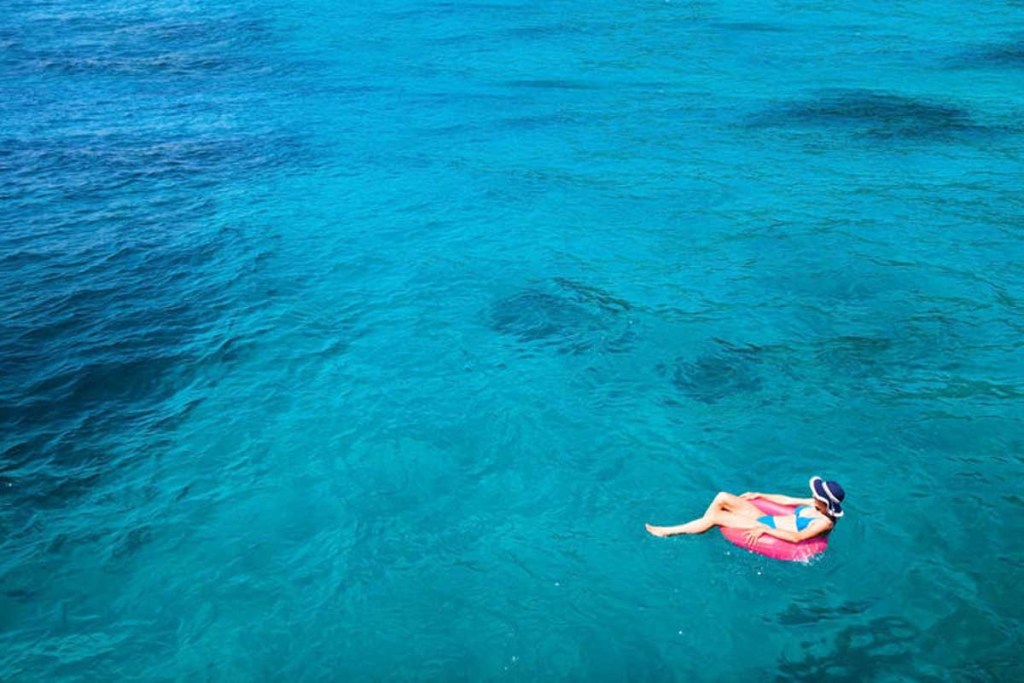11 Things You Need to Know To Survive A Rip Current
Published 8:30 am Saturday, July 15, 2017

- travel insurance concept, woman swimming in lifebuoy
Don’t get carried away at the beach this summer.
Rip currents, narrow channels of water that form near the beach and rush offshore, sweep away thousands of hapless swimmers in the U.S. every year and kill an estimated 100 annually, according to the United States Lifesaving Association.
Trending
Sometimes called undertow or rip tides, these swift, river-like currents are most common along the East, Gulf and West coasts of the U.S. and along the shores of the Great Lakes. A typical rip current is 50 feet to 100 feet wide and can extend 100 yards or more offshore.
Key to their deadly impact? Strong rip currents are fast. They can move more than 5 mph, faster than an Olympic swimmer.
Spotting one can be difficult. Storms don’t cause them; They happen on bright, sunny days, a function of waves, the tide and the shape of the bottom of the body of water.
The best defense against a rip current is not to encounter one, so it’s important for swimmers to know the subtle signs. Check local beach forecasts, always swim near lifeguards at the beach and take warning signs or flags seriously.
Here are 11 more tips to be rip-current savvy – and safe:
1. Waves don’t have to be big for a rip current to form. They often form in nice days following a storm.
Trending
2. They are usually strongest at low tide.
3. They often form where sand bars are near the shore, where breaks or channels are in the bar.
4. Look for areas where there’s a break in the incoming wave pattern or a difference in water color. Foam and debris in this area may move steadily outward.
5. They may be easier to spot at an elevated area above the beach.
6. If you’re caught in a swift current that pulls you away from shore, do your best to remain calm.
7. Float. Resist the urge to fight the strong current and swim to shore.
8. Ride the current. It will pull you away from shore, but not under the water.
9. Call and wave for help.
10. When you can, swim out of the current, parallel to the shore and follow breaking waves at an angle to the beach
11. Drowning deaths from rip currents occur when people fight the current and exhaust themselves or panic and are unable to keep themselves afloat. Many drown while trying to save a swimmer in a rip current, according to the USLSA.
Learn about the science of rip currents by watching this video:
© Content That Works


